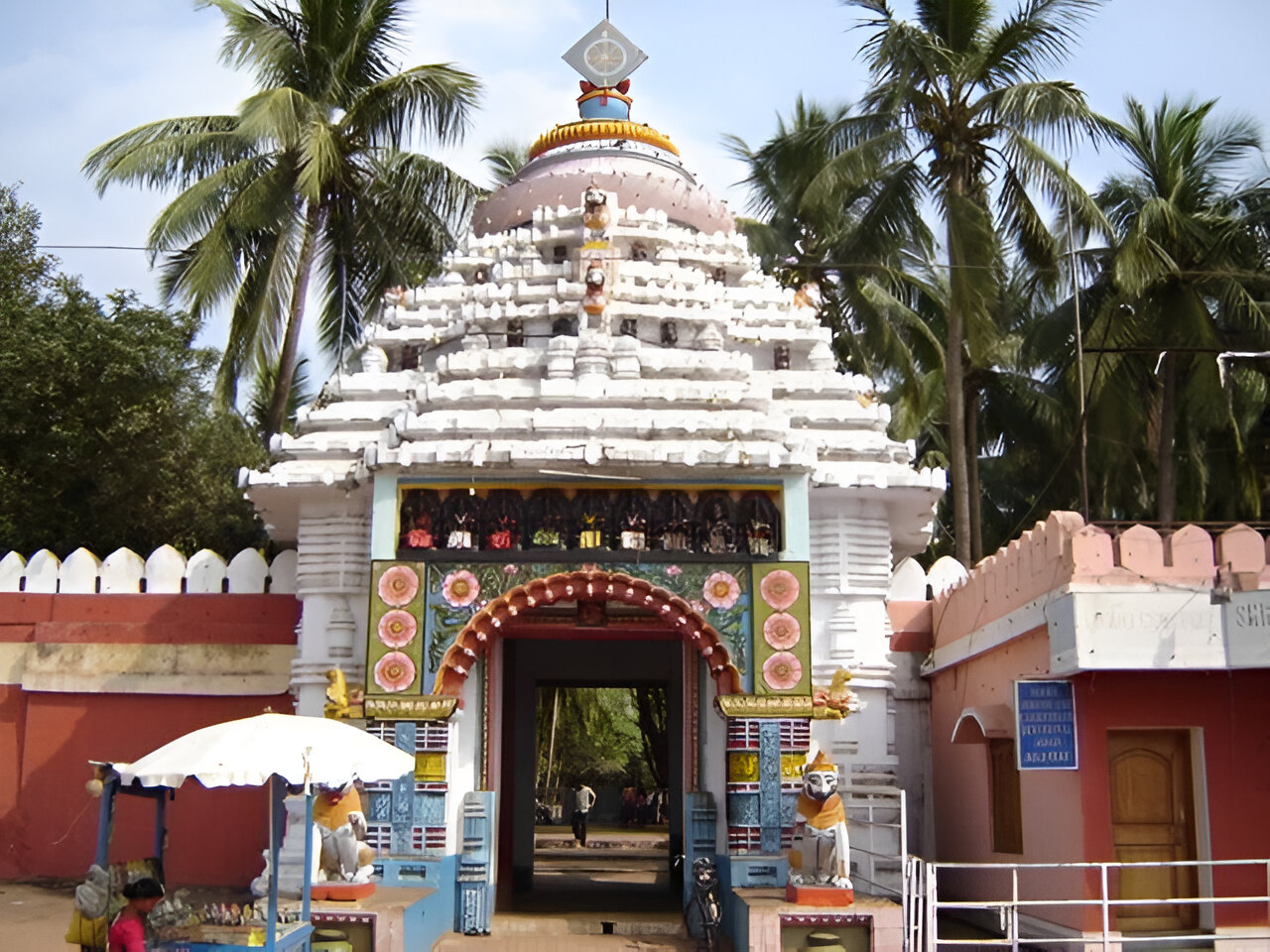
Gundicha Temple is situated in the spiritually vibrant city of Puri in Odisha, famously referred as the Garden House of Lord Jagannatha, representing Vaikuntha. This revered temple holds a cherished place in the heart of piligrims.
This temple is located just 3 Kms away from Jagannatha Puri Main Temple, or Srimandira. Gundicha Temple and Jagannatha Temple are located at the two ends of Bada Danda, or Grand Road, which is the pathway for the procession of Rath Yatra.
Gundicha Temple, often referred to as Sri Jagannatha’s Summer Garden Retreat (Mausi’s house of Lord Jagannatha), is enveloped by a picturesque garden featuring a diverse array of trees such as neem, mango, coconut, and bael. There are also other plants like tulsi, rose, jasmine, and more.
Lord Jagannatha, along with His brother Balabhadra and sister Subhadra, stays in this temple for seven days during the Ratha Yatra festival.
Significance of Gundicha Temple
Inside the temple complex, there is a place called Adap Mantap or Mahabedi, where the Deities are placed and worshiped.
The day preceding the Bahuda Ratha Yatra, also known as Return Ratha Yatra, is considered as the most auspicious day for the devotees. This darshan is called Sandhya Darshan, Navami Darshan, or Adap Mandap Darshan.
As per Skanda Purana, those who get an opportunity to get the darshan of Lord Jagannatha, Lord Balabhadra, and Subhadra Devi on this day in the evening time are ten thousand times more auspicious and virtuous than in the daytime.
“Dibatad darshanam punyam ratrau dasagunam vabet.”
As stated in the Bamadeva Samhita, those who get the darshan of Deities for seven continuous days will get a place in Vaikuntha. Even the souls of their ancestors will be elevated to the spiritual realm. Not only this, but even those who hear, study, or make others aware of this great festival will also be elevated to a higher realm. Such is the greatness of Lord Jagannatha.
Architecture of Gundicha Temple
This marvelous divine Gundicha temple is built in the distinctive Kalinga style of architectural excellence. The material used for the construction of this temple is light grey sandstone.
Built in deula style, the temple complex is composed of four components: Vimana, jagamohana, nata mantapa, and bhoga mantapa.
The vimana is the structure that contains the sanctum, the jaganmohana is the assembly hall, the nata mantapa is the festival hall, and the bhoga mantapa is the hall of offering.
Kitchen hall is also present inside the temple, where Mahaprasadam is prepared during the Ratha Yatra period and during Their stay in Gundicha Temple.
The Gundicha Temple boasts a beautiful garden within its grounds, and the entire complex is encircled by a protective wall.
The temple features three gates: the east, west, and north gates. The main entrance, located on the western side, is popularly known as the Lion’s Gate or Singha Dwara. Through this gate, Lord Jagannatha, along with His brother Lord Balabhadra and sister Subhadra, enters into the temple during the grand annual Ratha Yatra procession.
The eastern gate, also known as Nakachana Gate. This exit gate is used for the departure of the Deities. There is another gate in the north, which has less prominence.
The entire Gundicha temple complex measures 430 ft in length, 320 ft in breadth, and 20 ft in height, which includes the garden and enclosing wall.
Inside the temple complex, there is a sanctum called Ratnavedi featuring a raised platform that is 4 ft high and 19 ft long. This sanctum is made of chlorite stone. The Skanda Purana and Narada Purana state that Ratnavedi is considered the most holy site, where the Deities are kept for seven long days and worshiped with grand rituals.
Sthala Purana of Gundicha Temple
Gundicha is the ardent devotee of Lord Jagannatha. She is the wife of King Indradyumna, who was king of Orissa. Gundicha Temple is named after Queen Gundicha. She is the one who is responsible for the construction of the temple and the start of Ratha Yatra. Being pleased by the devotion of Queen Gundicha, Lord Jagannatha promised her that He would visit during the Ratha Yatra.
According to another Vedic history, King Indradyumna had a dream in which Lord Vishnu appeared and said, There is a wooden plank of neem tree floating across the ocean of Puri; take that wooden plank and make a Deity of it and place it in my temple.
Immediately King Indradyumna woke up from his sleep and went in search of wood. He found out and brought it to his palace.
The king was looking for an artisan who could carve the Deity out of the wood. By then, the celestial artist Vishwakarma, disguised as an old man, requested the king accept the offer.
Pleased by his dedication, King Indradyumna gave permission and requested architect Vishwakarma to create the idols of Lord Jagannatha, Lord Balabhadra, and Subhadra Devi.
But Vishwakarma agreed to carve the Deities from wood but set a condition that he should remain undisturbed during the making process of the deities.
Vishwakarma continued his work for 15 continuous days in a closed chamber without food and water.
The king could not hear the sound of hammer or chisel inside the closed chamber. And Queen Gundicha was worried about what would have happened to the old man who had not eaten for many days.
Worried by this, she requested King to check what was happening inside the chamber. So King slowly opened the chamber and went in search of the old man, but the old man vanished suddenly.
But he was astonished by the sight of Lord Jagannatha, Lord Balabhadra, and Subhadra Devi in incomplete form. The Deities had red lips, big round eyes, and not full hands, only the arms coming out right below the neck. He asked Lord Vishnu for his forgiveness, then Lord Vishnu advised him to place it in the temple. Bowing down to Lord Vishnu, King Indradyumna built the temple near the ocean of Puri.
Rituals at Gundicha Temple
Gundicha Marjana: On the previous day of Ratha Yatra, the Gundicha temple is cleaned by the devotees, followed by the footsteps of Sri Chaitanya Mahaprabhu.
Pahandi: In this ritual, the Deities are brought out of the temple with great reverence and kept in their respective chariots.
Hera Panchami: This festival is celebrated on the fifth day of the Ratha Yatra. Lakshmi Devi visits Gundicha Temple and requests her husband, Lord Jagannatha, to return to his abode, Srimandira. However, Lakshmi Devi is not allowed to meet Lord Jagannatha. Feeling dejected, She breaks the wheel of the Jagannatha’s chariot, the Nandighosha Ratha. Next day, the chariot is turned towards the Sri Mandira.
Daily Rituals: Mangala aarti, sakala dhupa, sandhya aarti, homa, surya pooja, and kalash jatra are the daily rituals carried out in this temple during the Ratha Yatra.
Mahaprasad: Food is cooked in Gundicha Temple and offered to the Lord. Food for the Lord is cooked in the traditional way, only using earthen pots.
Timings of Gundicha Temple
The temple is open throughout the day throughout the day. The darshan timings of Gundicha Temple are as follows:
Darshan Timings: 6 AM to 9 PM
However, the temple remains closed for an hour from 3 PM to 4 PM.
Best Time to Visit Gundicha Temple
The best and only time to visit Gundicha Temple is during the period of Jagannatha Ratha Yatra. This takes place in the month of Ashada (June-July). This grand chariot procession lasts for nine days.
So making a visit during this time fills your mind and heart with divine darshan of Lord Jagannatha, Lord Balabhadra, and Subhadra Devi.
Throughout the year, the temple remain vacant. And only during Ratha Yatra are three deities—Lord Jagannatha, Lord Balabhadra, and Subhadra Devi—brought here in grand procession and worshiped for 7 days.
Nearby Places to Visit
Konark Sun Temple: It is dedicated to Surya Deva, is a UNESCO World Heritage Site. The temple is in the shape of chariot.
Vimala Shakti Peetha: This temple is present inside the Puri Jagannatha temple, dedicated to Vimala Devi. It is one of the four Shakti Peethas of Orissa.
Sakshigopal Temple: Dedicated to Lord Krishna, who became a witness to the devotees. Located just 20 km from the Sri Mandira.
Sri Jagannath Temple: This is the famous temple dedicated to Lord Jagannatha. This temple is also known as Srimandira.
How to Reach Gundicha Temple
Have you visited the Gundicha Temple or are you planning a visit soon? Then consider taking Tirtha Yatra’s Gundicha Yatra. All arrangements are well taken care of.
If you wish to travel on your own, here are a few options.
By Air: Biju Patnaik International Airport in Bhubaneswar is the nearest airport. From here, private taxis can be hired. Even there are many buses that ply from Bhubaneswar to Puri.
By Rail: Puri Railway Station is the nearest railway station to the Gundicha temple. This is connected to major cities like Allahabad, Kolkata, Mumbai, Delhi, Chennai, and Bangalore. From here, taxis or cabs, auto rickshaws, and cycle rickshaws can be hired. Even bus facilities are also available to reach the temple.
By Road: The city of Puri is well-connected to major cities like Bhubaneswar, Cuttack, Rourkela, Sambalpur, Konark, and other major towns. Frequent buses ply to Puri. Even taxis, cabs, and autorickshaws can be hired.
0
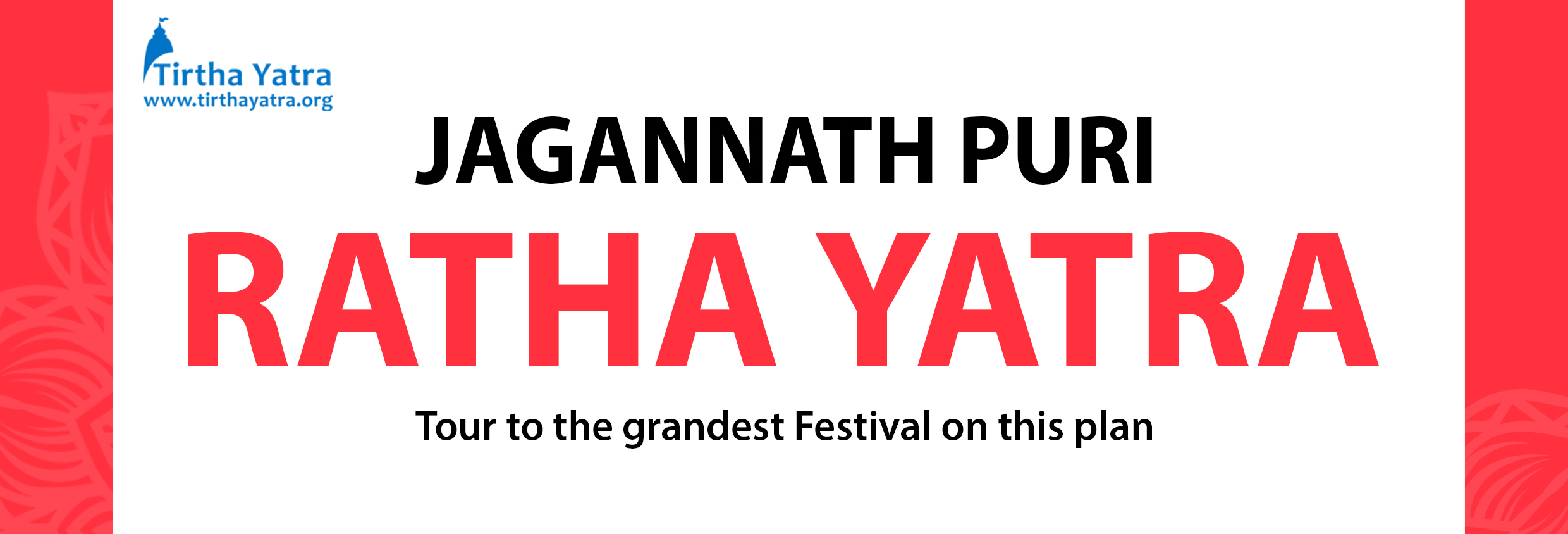
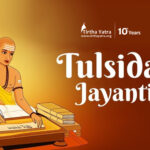
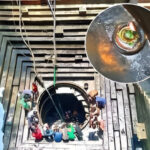
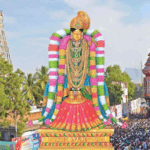

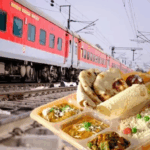
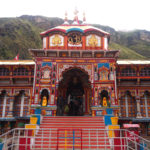
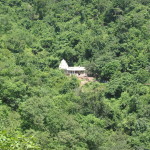
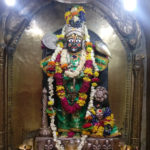
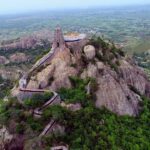
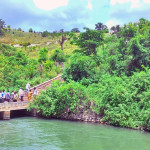
Leave a Reply